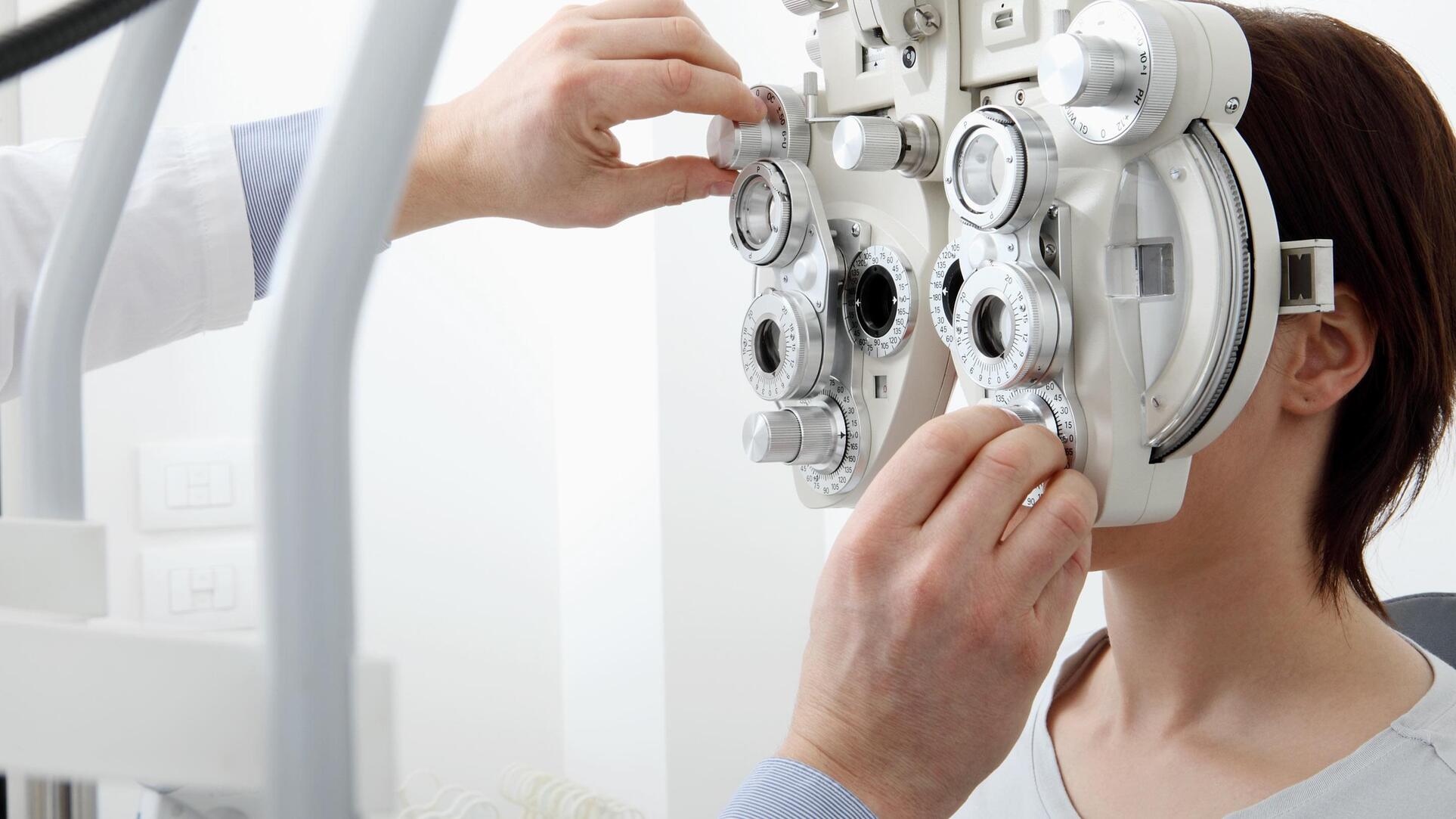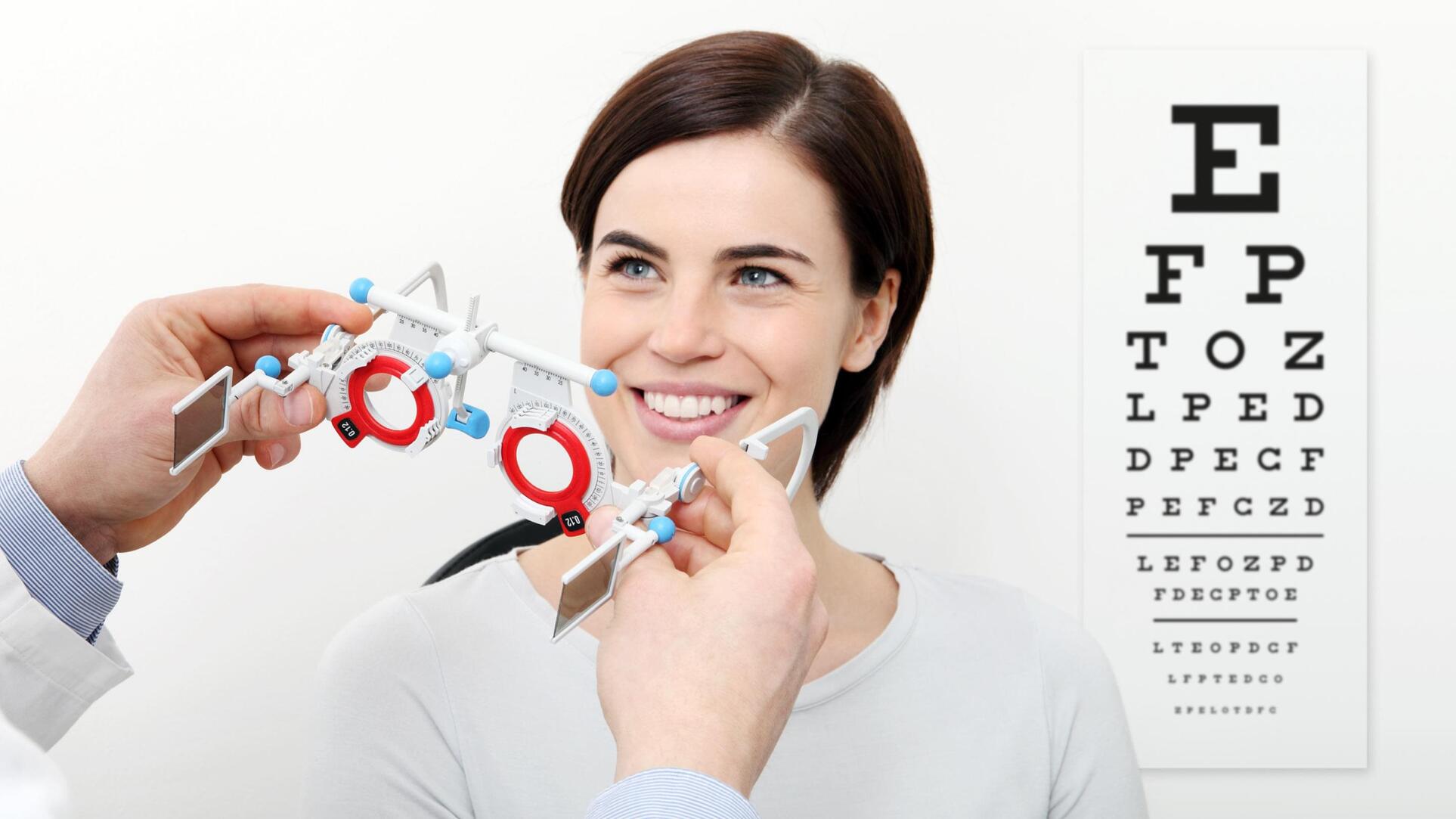
How Bad Is My Eye Prescription?
If you’ve ever fretted over your bad eye prescription, you’re not alone. While vision’s not a competition, you may still wonder how your prescription numbers stack up against others. Luckily, doctors, professionals, and Yesglasses have the answer when it comes to judging your eye health.
What does my eye prescription mean?
Your prescription is measured in a unit called diopters. You’ll also see a plus (+) for farsightedness or a minus (-) for nearsightedness before the number. Depending on your eyes, other letters with specific meanings may also be present.
Knowing how to read your eye prescription is the first step to understanding your vision. Once you have that down, you can begin to figure out your needs.
These are the most common vision problems that your eye prescription can correct:
- Nearsightedness (Myopia)
- Farsightedness (Hyperopia)
- Astigmatism
- Presbyopia
The good news is these eye disorders can often be remedied by wearing the right prescription glasses or contact lenses.
What does 20/20 vision mean?
While your prescription is measured in diopters, when people talk about vision, they always mention values such as “20/20” or “20/40.” What do these numbers mean?
These numbers are how eye doctors measure your visual acuity. This is usually done using a Snellen chart. You’ve definitely seen one of these before. It’s that common chart in all optometrist offices with letters that get smaller and smaller.

Visual acuity can be roughly translated to diopters at lower values. For example, 20/40 equals roughly 1.00 diopters (with a + or - added for farsightedness or nearsightedness).
One more thing about visual acuity scores…
It’s important to note that, as your visual acuity score decreases (i.e., the second number gets higher), your diopter measurement won’t equal out.
This is because everyone’s eyes are different. Subtle differences in retinal or eye structure can drastically affect your vision. Conditions such as astigmatism and presbyopia also affect an individual's vision in unique ways.
In short, just because two people have a 20/50 visual acuity score doesn’t mean they have the same vision.
What is considered a “bad” eye prescription?
There is no clear guide to tell you what is considered a “bad” eye prescription. There are just too many factors that make everyone’s vision different.
Your vision may also gradually change as you get older due to several age-related eye conditions, including cataracts, glaucoma, and macular degeneration. Fortunately, these issues can be treated by eye care professionals.
What should I do if I have a “bad” prescription?
Let’s take another step back. If you still experience blurry vision while wearing your glasses, you may need to update your prescription.
If you wear glasses, scheduling a yearly eye exam will ensure you're wearing the right prescription. You should also buy new prescription eyewear every two or three years to account for changes in comfort. Naturally, you may also just want a new style of frame!
How to tell if you’re legally blind?
The limit for legal blindness in the United States is anything below a 20/200 visual acuity score. Note that this is with corrective lenses!
Many people have a visual acuity of 20/200 or less, but their vision can be corrected with glasses. It’s only when glasses are no longer working for you that you may be considered legally blind.
How can I keep my eyes healthy?
There are several ways to keep your eyes healthy and improve your vision:
- Exercise regularly.
- Eat healthier.
- Quit smoking (or never start).
- Wear protective eyewear at work and while playing sports.
Wearing prescription sunglasses will also keep your eyes protected from harmful UV light. This will put you at less of a risk for eye fatigue and vision-related illnesses.
The only “bad” eye prescription is a wrong eye prescription!
Scheduling regular eye exams, taking care of your health, and protecting your eyes are the keys to healthy vision. Making sure that your eye prescription is up-to-date is the best way to ensure that you’re seeing clearly and will continue to do so.
Be sure to check out our prescription eyewear collections to find the right style for you. All of our frames can be fitted for your eye prescription, and our free Face Shape Finder App makes it simple to match your face shape to your new favorite frames.
Find Your Face Shape